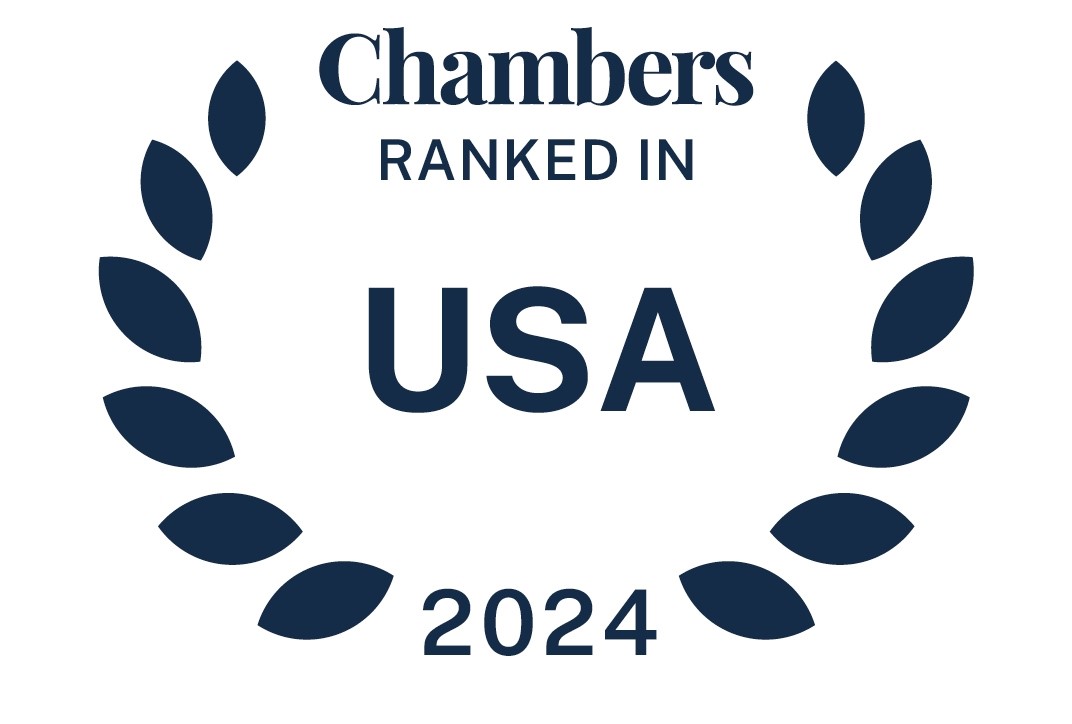Todd Solomon recently appeared on the 401(k) Roundtable™ podcast. Hosted by Rick Unser of Creative Planning Retirement Services, the podcast is designed to help plan sponsors, fiduciaries, and members of retirement plan committees stay up to date on recent developments in the benefits industry.
During the episode, Todd explored the changing fiduciary landscape, trends in Employee Retirement Income Security Act litigation, the influence of the Trump administration on the US Department of Labor, and the evolving expectations surrounding fiduciary duties. He delved into the balance between the duty of loyalty and prudence, the significance of participant demographics in making plan decisions, and the difficulties plan sponsors face when weighing cost against value, particularly when choosing investments like target-date funds. Todd and Rick also stressed the importance of thorough documentation, active committee involvement, and creative approaches to improving participant outcomes in today’s intricate regulatory climate.
read more

 Subscribe
Subscribe




